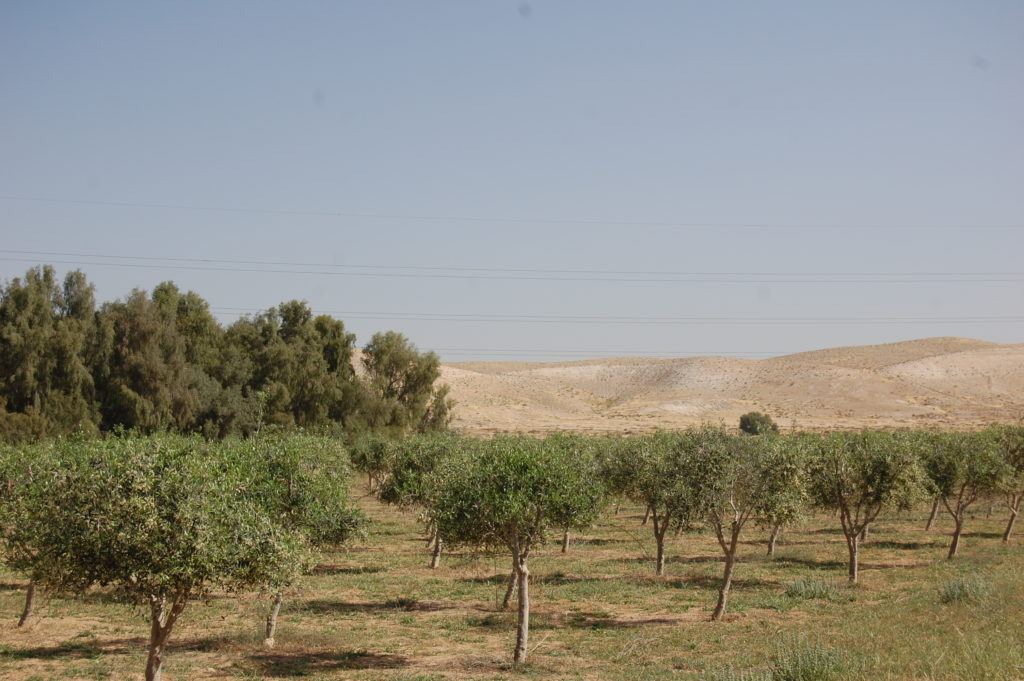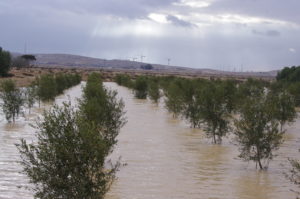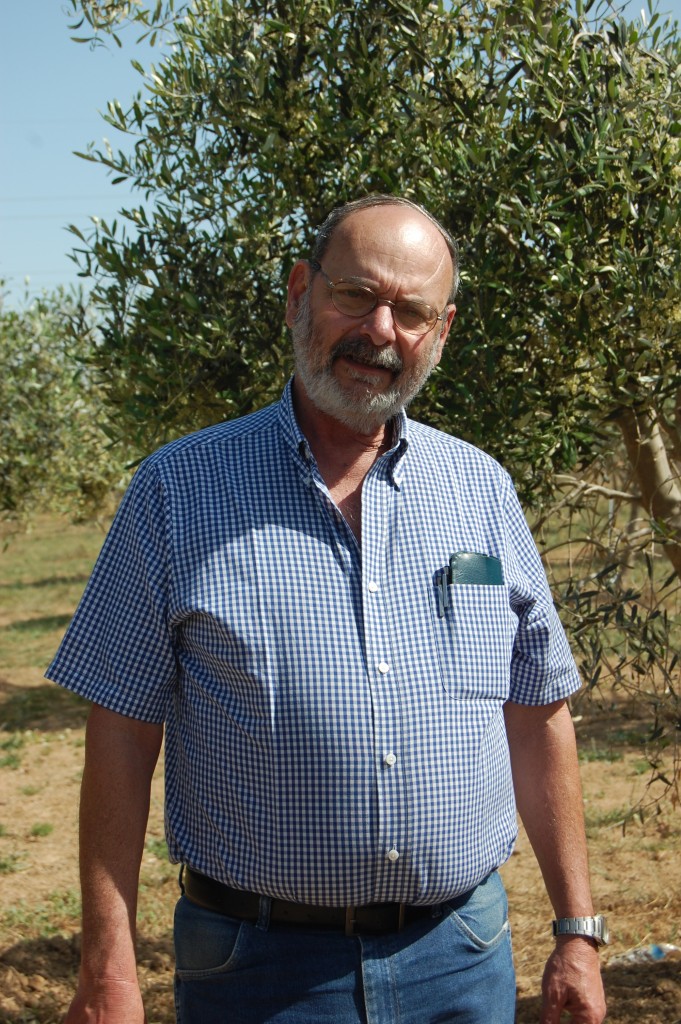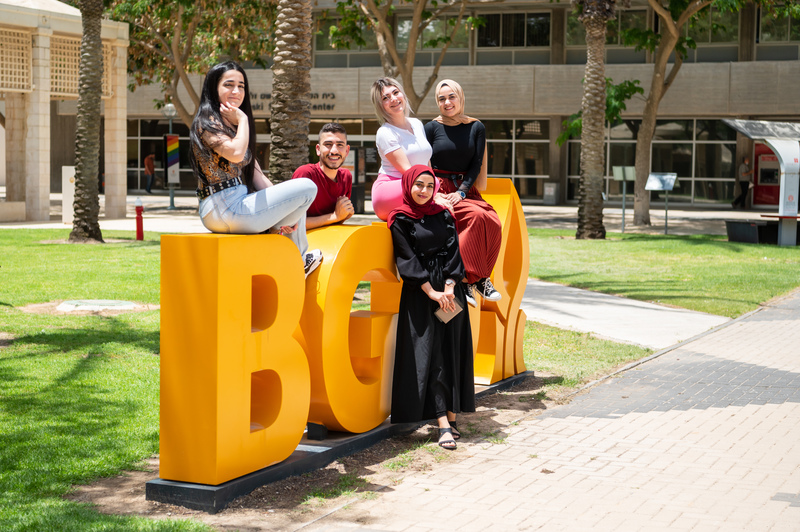
Millions Could Benefit From Drought-Stricken Olive Trees
Millions Could Benefit From Drought-Stricken Olive Trees
May 26, 2017
At Wadi Mashash, BGU’s experimental desert farm, agriculture is based entirely on the collection of the winter floodwaters from the region’s usual four inches of annual rainfall. This farming method, used two thousand years ago by the Nabataeans, could hold the secret to ending the suffering of millions of people around the world whose sustenance relies solely on harvesting crops irrigated with rainfall.
Graduate and postgraduate students at BGU’s Albert Katz International School for Desert Studies (AKIS) are conducting the research. The floodwaters are conveyed from the wadi through dirt channels and funneled into basins in which the trees are planted. Trees and crops can only be planted after a winter flood.
Americans for Ben-Gurion University’s Plant a Tree to Seed Desert Research initiative has been supporting this research project for five years. Individuals “purchase” olive trees in honor or memory of a loved one. Funds not only pay for the trees, but more importantly provide support for the research that includes equipment, farm management, technical expertise, and student research fellowships.
The students are studying the olive trees’ root system development. They are measuring water usage and uptake, observing how the roots react to stress – primarily due to lack of water – and measuring the final crop yield (olives).
“This year, a student from Vietnam came to our school to do her Ph.D. solely on this,” says Prof. Jhonathan Ephrath of the Jacob Blaustein Institutes for Desert Research. Students at AKIS come from more than 30 countries, but she is their first Vietnamese student.
Severe Drought Tests Project and Researchers
For two years in a row, there were no winter floods in Wadi Mashash, preventing more trees from being planted as well as the intercrop. “This year was one of the driest years in the last decades with very low rainfall: only a total of 1.3 inches in the Negev and no floods in Wadi Mashash,” says Prof. Ephrath.
He explains that it is unprecedented to see two dry years in a row. Providing sufficient floods next winter, a grain will be planted in between the rows of trees. Then, researchers will study how the trees and the grain collaborate and/or compete for the shared common pool of water stored in the soil.
This “intercrop system” is ideal for countries in arid zones that need to maximize their crop output with very little rainfall. The fruit of the olive tree produces high quality olive oil. The grain provides food for people and animals.
“Last summer we introduced into the soil a large number of pipes for moisture measurements to be able to monitor the changes in moisture to a depth of five meters,” says Prof. Ephrath.

Polyethylene sheets inserted into trenches to keep the olive tree roots out of plots where the intercrop will be grown
“In addition, we inserted underground polyethylene sheets to keep the roots of the trees out of the plots in which only the intercrop will be grown. We decided on this action after analyzing video footage taken in these plots by our special root video system.” Everything was in place to plant the intercrop this winter, but Mother Nature had other plans.
“We decided, therefore, to use this unexpected situation to look at the strategies by which olive trees adapt to extreme drought. This may yield extremely important data as to the design of runoff systems. We hypothesize that the trees will develop roots in the very deep soil layers in order to extract the little water that is available there.”
Under normal circumstances, the water at this depth would be considered waste. So the data obtained might suggest that the run-off systems need to be designed in such a way to ensure that water at this level is accessible.
The researchers will also assess root death and regrowth at all depths, while monitoring the above ground tree health by measuring the photosynthesis of leaves and the transpiration of trees (the rate at which water is moving through the trunk of the tree). To do so, the team purchased a sophisticated system that allows them to continuously monitor transpiration.
Researchers will also study the recovery process from drought after water is added to the soil. They will artificially flood three plots within the olive tree orchard and monitor the same parameters as in the drought-stricken trees. The data from both will allow a better understanding of olive tree responses to extreme events.
“We believe that we will thus be able to improve the design of our runoff collection systems to help all dry regions in the world,” says Prof. Ephrath.
Plant an olive tree to seed desert research and you and the person you are honoring will receive a beautiful, personalized certificate.







